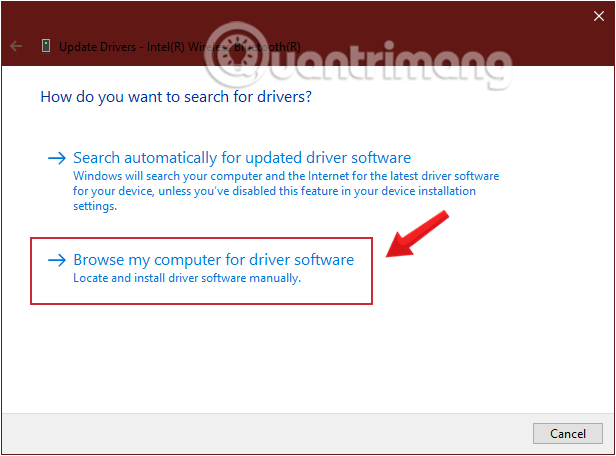

Users who have motherboards with onboard audio (often with VIA, Realtek, or C-Media chipsets) may have issues with their audio or AC’97 errors in Device Manager. Often this is caused because the operating system was reinstalled and the motherboard chipset drivers were not installed. usb driver To resolve this issue, review the troubleshooting sections below.
Some audio interfaces areclass-compliantand do not require driver software to operate. If your interface is class-compliant, install the ASIO4ALL audio driver instead of your computer’s generic driver.
If you cannot find a driver from HP or Device Manager, download and install an updated audio driver package from the audio technology provider using the following steps. Sound files and settings that become changed can cause sound problems. Restore the audio driver to reset audio settings for the sound hardware and reinitialize the sound configuration in Windows.
If your DAW plays back through your computer speakers or you hear nothing at all, reselect your audio device within these settings. Windows gives you a lot of features that allow you to manage the efficiency of your PC. For instance, when your hard drive is put to sleep, the operating system un-mounts audio and MIDI drivers. It’s sort of like Windows kicking everyone out before it puts the drive to bed. Unfortunately, when it wakes up, the drivers are gone and you have to restart your PC to reconnect them.
Inside Convenient Driver Updater Products
If your device does not appear in this list, reseat the cable connected to your computer or try a different port. If correctly connected, audio devices are automatically detected and selected by your DAW when launched.
- Device Manager is a control panel applet in the Microsoft Windows operating system.
- Windows 10 Device Manager app does not show any problems with the drivers such as yellow triangles or red crosses.
- In fact, when a video is played the green volumen bars in the audio device driver properties move but there is no sound at all.
View our driver software indexand locate your interface’s manufacturer. Click it to view their page, find your product, then download and install the latest compatible driver software.
Insights On Secrets For Device Manager
If the issue cropped up after updating to the latest version of the audio driver, rollback to the previous version of the driver. If none of these methods help, you can then try out reinstalling the audio device driver.
If, after installing the motherboard chipset drivers, you continue to have issues, install the sound drivers. We suggest downloading the sound drivers from the computer manufacturer or motherboard manufacturer website. If you have not recently reinstalled Microsoft Windows, your audio drivers are corrupt. Open Device Manager and remove all devices under Sound, video and game controllers and any Other devices. Once removed, reboot the computer and let Microsoft Windows re-detect the audio drivers.
We recommend uninstalling the current driver and then removing the device before reinstalling. If your system is still not detecting or communicating properly with your device, then we will need to reinstall the interface’s driver software. Drivers are often bundled with control panel software which allows you to remotely control your audio interface.
If you cannot find the audio or sound driver on your PC manufacturer’s website, search the web to get the latest version of the driver. If you know the PC’s model number, finding the device driver is quite easy. But before reinstalling the audio driver, we recommend you to update the audio driver to the latest version.

